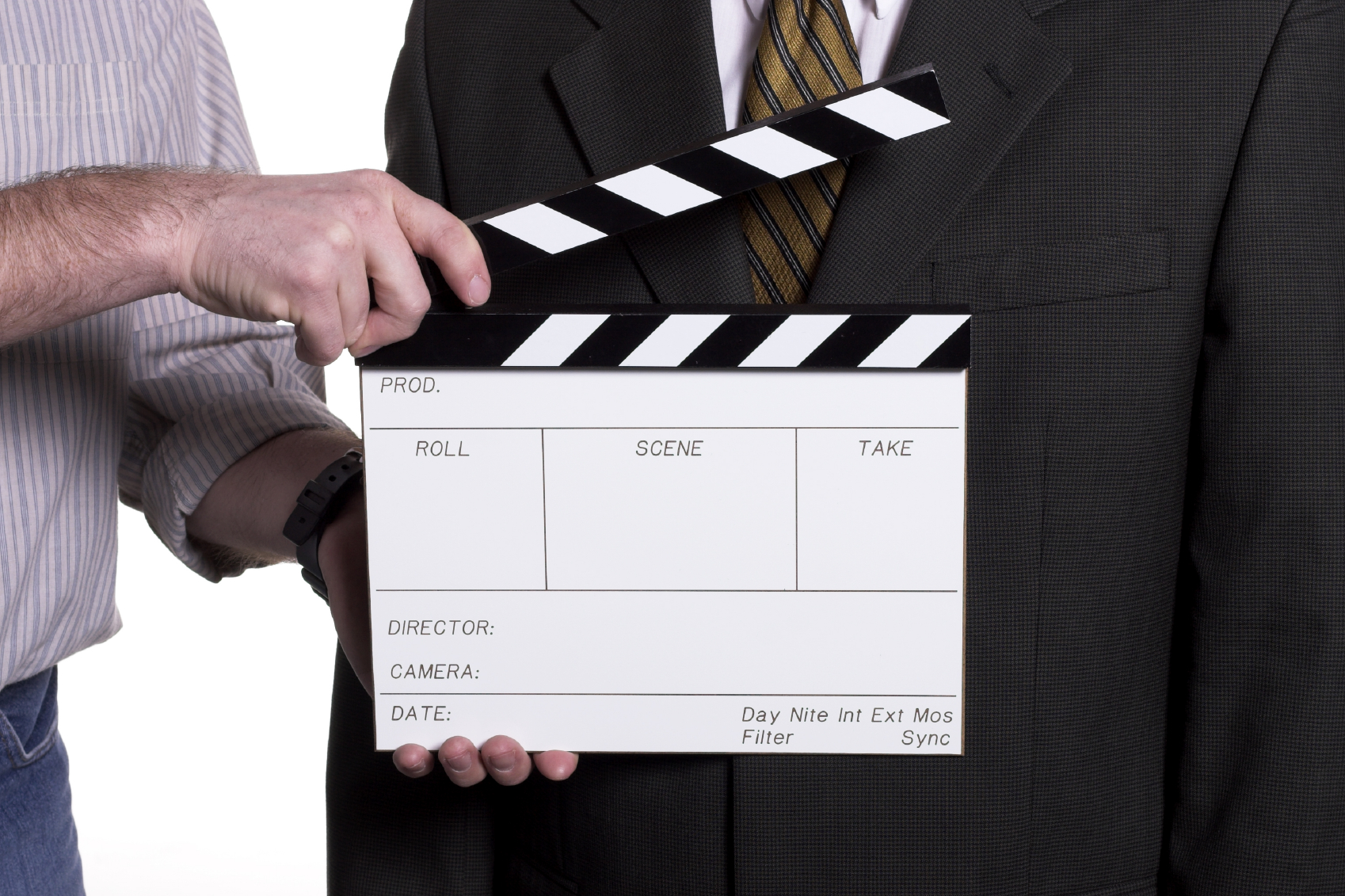In his 1972 book, “Silent Messages,” UCLA Professor Albert Mehrabian introduced his landmark research into the relative importance of verbal and nonverbal messages. He found that three factors account for our perception of a presenter: what they say accounts for 7% of our total perception, how they say it (tone of voice) accounts for 38%, and how they look (including everything from body language to attire) accounts for 55%—more than half of how they’re perceived.
 So, if you’re going to appear in a video—while you’re right to focus on what you’re going to say—you should also give some thought to what you’re going to wear. While every project is unique, here are some general guidelines for looking your best when the director calls for “action.”
So, if you’re going to appear in a video—while you’re right to focus on what you’re going to say—you should also give some thought to what you’re going to wear. While every project is unique, here are some general guidelines for looking your best when the director calls for “action.”
Wear clothes that put the focus on you—not what you’re wearing:
- Choose solid colors—pale, pastel or medium shades work best. A dark suit can work with a lighter colored shirt.
- Avoid black, white, saturated reds and bright colors. Because of the way the camera works, they can be especially unflattering.
- Also avoid camera-unfriendly tweed, herringbone, small checks, stripes and small patterns or textures, as well as glittery fabrics or garments with attached jewels.
- Keep jewelry to a minimum and choose small pieces. Avoid big, dangly earrings.
- Avoid wearing logos, unless the logo is yours and key to your presentation.
Dress up:
- Wear what’s appropriate: If you have to demonstrate how a machine works or dance the tango, wear what’s appropriate to what you’ll be doing.
- Make sure it fits. Shirts should be able to button at the neck — even if you aren’t wearing a tie. Jackets should button comfortably.
- When speaking at a live event, the rule of thumb is to dress “one step up” from your audience—so if, for example, your audience well be dressed business casual (jacket, slacks, no tie for men), then you should dress business professional (suite and tie or jacket, slacks and tie for men).
- Coordinate: If other people are appearing in the video, work together so everyone dresses to the same level of formality (i.e., tie or no tie).
Be audio-friendly:
- Women should wear tailored jackets or button-down blouses. Lavaliere microphones do not attach well to pullovers or silky blouses.
- Kill the noise: Long necklaces or scarves may brush against the mic. Charm bracelets and bangles can also create unwanted noise.
Final tips:
- Hand-carry your outfit to the shoot location, so it will look freshly pressed.
- You never know what will look best on the set, so bring more than one wardrobe option.
If you look great, you’ll feel great and that will come through on-screen!
Rick Cornish creates communications that inform, influence and inspire… helping organizations increase sales, promote unity and persuade their people to embrace change. Working in video, corporate meetings, event marketing and more; Rick delivers purposeful creative that drives business results and builds stronger brands.

Speak Your Mind